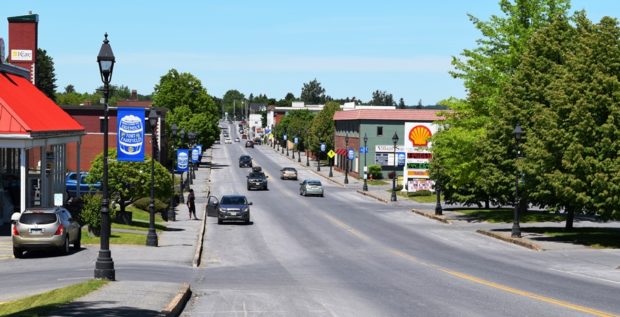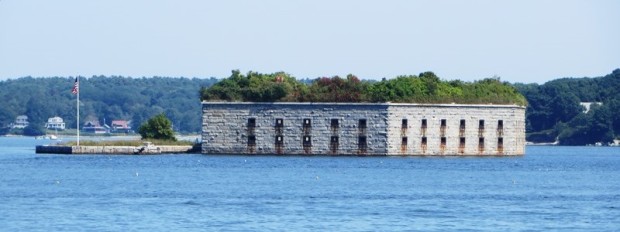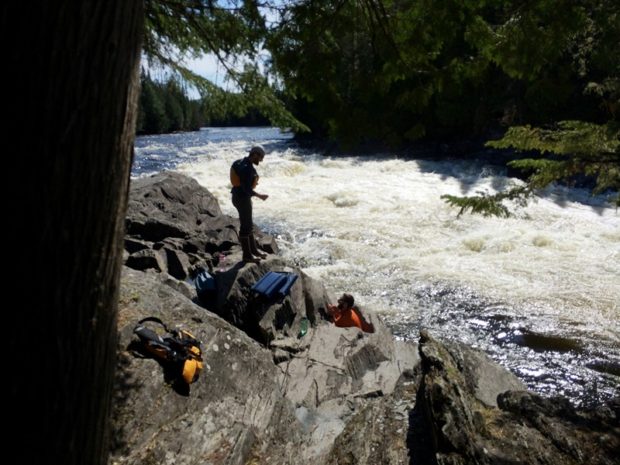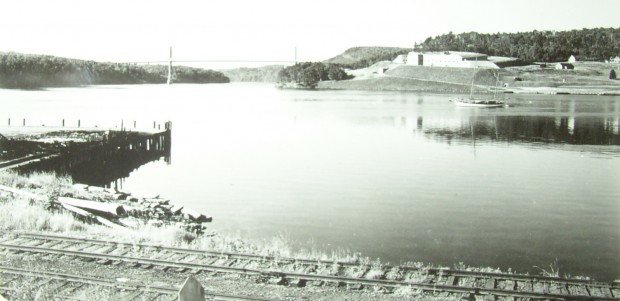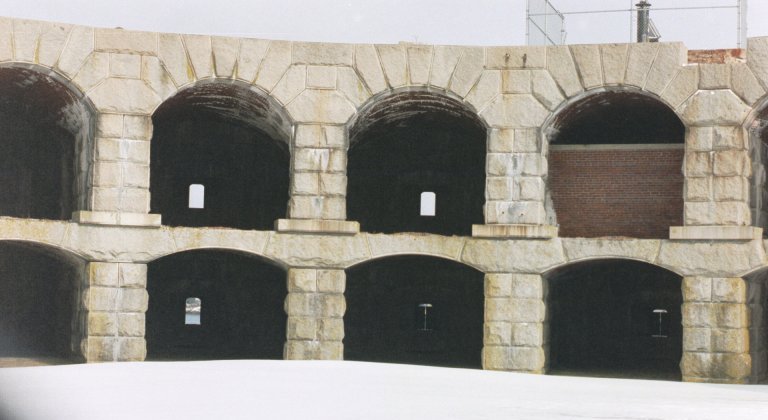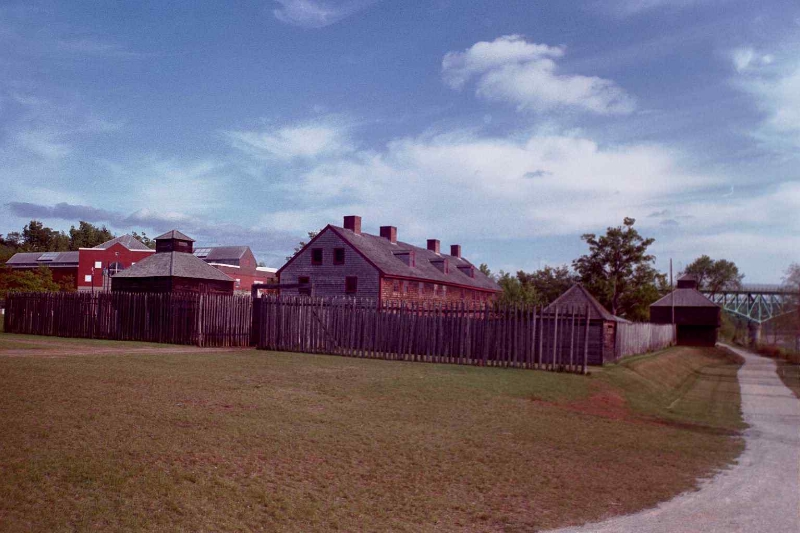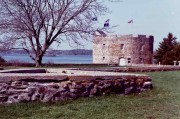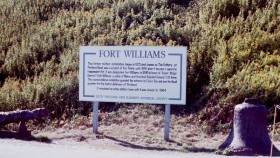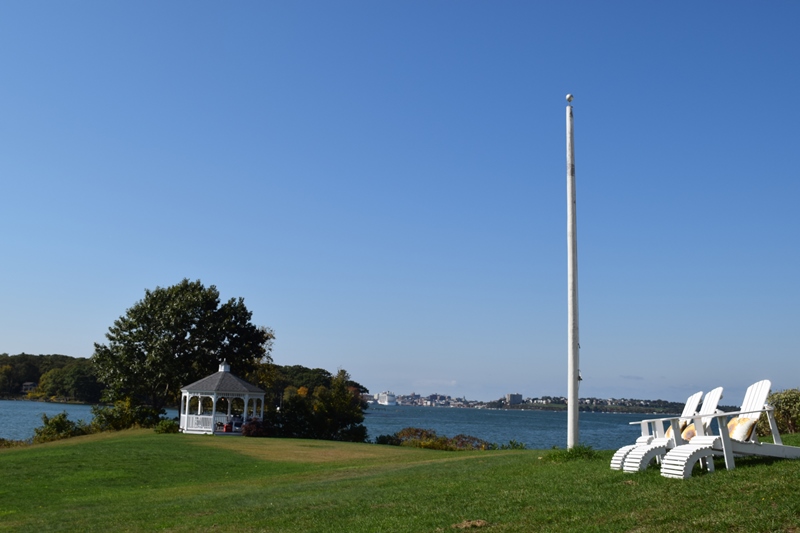Fort Baldwin

is located on Sabino Hill in Phippsburg. Constructed between 1905 and 1912, three batteries are hidden in the woods overlooking the mouth of the Kennebec River and old Fort Popham. During World War I, it housed two artillery companies guarding access to central Maine from Bath to Augusta. In the Second World War, a tall…


